From Quern to Computer; a history of flour milling by Martin and Sue Watts covers a wide range of topics and this series of emails will summarise each one separately.
The early medieval period, c.AD500 to the present day
By the end of the Roman period hulled wheats such as spelt and emmer were generally giving way to free-threshing bread wheat, a process that continued during the course of the early medieval period (c.AD500-1000). The cultivation of wheat appears to have increased at the expense of other crops. Barley, important for making ale, remained the second most common cereal, and was particularly cultivated on the heavier clay soils, while rye appears to have been preferred on the drier, sandy soils of eastern England. Oats continued to be important in the north and were also grown in the generally damper south-west.
The increase in the cultivation of wheat is thought to be due to a preference for wheaten, specifically bread, products. By the end of the early medieval period this increase was made possible by the introduction of the mould-board plough and ridge and furrow cultivation, which facilitated drainage on heavy soils. The use of the mould-board plough also led to the adoption of the open strip-field system, in part due to the amount of room needed by the oxen plough teams to turn round at the end of each furrow.
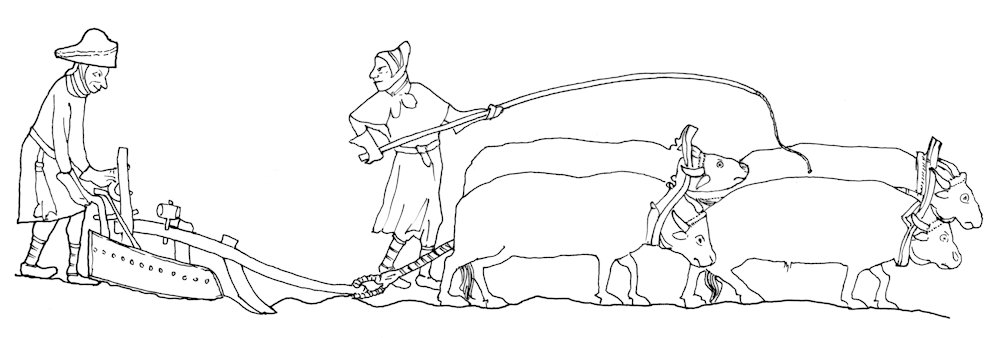
The Luttrell Psalter, a manuscript compiled in the early 14th century for Sir Geoffrey Luttrell of Irnham in Lincolnshire, contains a series of vivid illustrations depicting the cultivation of grain, from ploughing and sowing to harvesting and threshing, culminating with images of a watermill and a windmill, the latter showing grain being brought in sacks to the mill.
Rye appears to have enjoyed a brief flourish at the end of the medieval period, due in part to the re-cultivation of marginal land as the population slowly recovered after the Black Death of 1348-50. A series of poor harvests in the early 17th century encouraged the cultivation of cheaper crops and the acreage under barley also increased during this time.
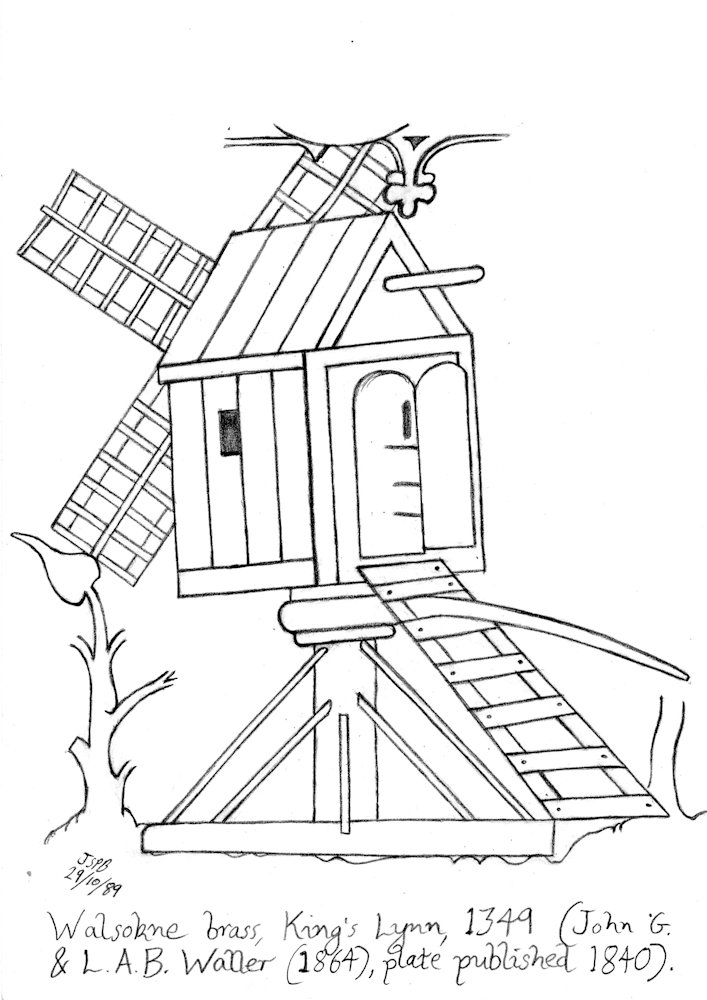
Wheat ultimately prevailed, however, and by the second half of the 18th century was the main food grain grown across lowland Britain, where both soils and climate were better suited to its production. Barley appears to have been the dominant crop in Wales, while oats continued to be the main crop in northern England and Scotland. The dominance of wheat was partly due to demand: refined wheat products that had previously been the prerogative of the rich now became available to the lower classes.
The period 1750-1850 saw a huge increase in agricultural output. This was brought about by great improvements in cultivation methods, including the adoption of the Norfolk four-way crop rotation system in which turnips and clover replaced the fallow, improved methods of fertilisation and drainage. Coupled with this were land reclamation, the conversion of traditional pasture to arable and the enclosure of common land. Farming that had previously been at a subsistence level became a commercial venture.
One result of this increased output was a rapid growth in population, which doubled during the course of the 18th century. Despite this agricultural revolution, not enough grain was grown to meet demand and Britain turned to imports, particularly from North America, where grain had been originally been taken by early settlers from the west.
Corn prices fell when peace came at the end of the Napoleonic Wars in 1814. In 1815 the government passed Corn Laws – the Importation Act – designed to protect home-grown grain prices against competition from cheaper foreign imports. This led to serious rioting in London. Following a series of bad harvests and the potato famine the Corn Laws were repealed in 1846. At first this had no effect but gradually the price of home-grown cereals fell, the amount of land under cultivation declined and Britain became more reliant upon imported grain.
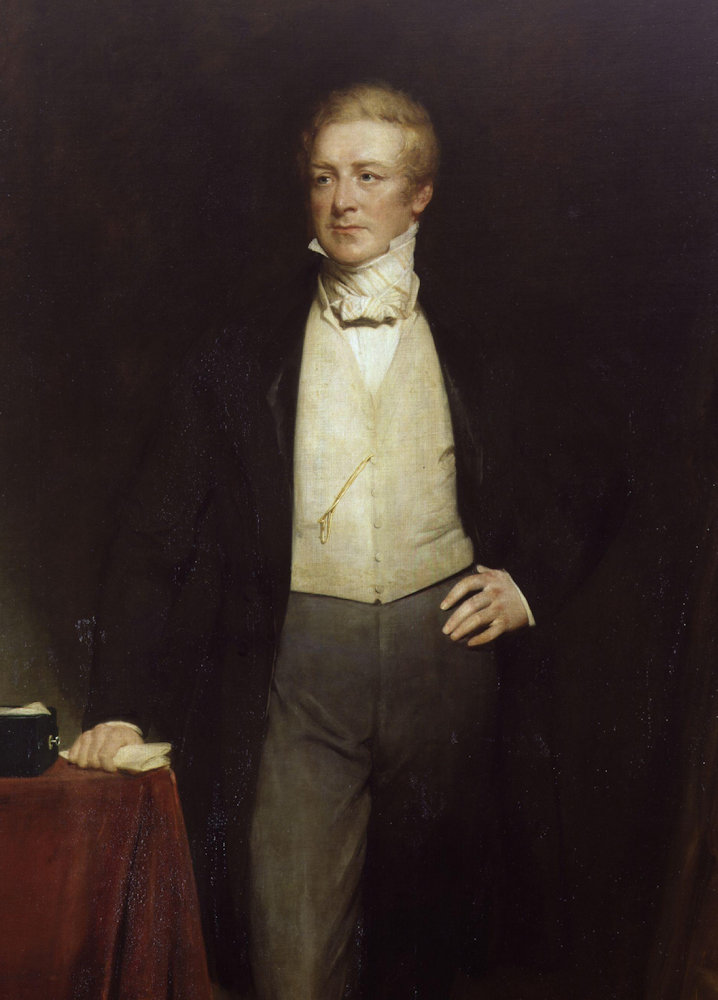
By the late 19th century some 90% of wheat was imported. This was hard wheat, naturally higher in protein than native soft wheats; it produced good quality flour, high in gluten that enabled the production of well-risen white loaves. The increase in importation coincided with the development of roller milling, a system that was far more suited to milling hard wheat than traditional millstones.
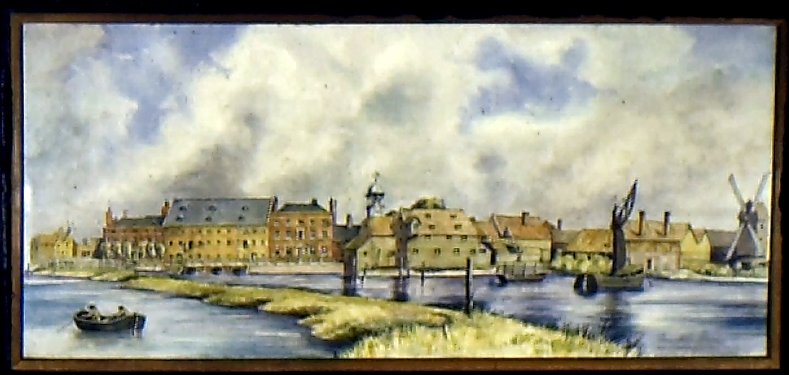
Following the potato famine of 1846 there was also a notable increase in the quantity of maize imported. At House Mill, part of the Three Mills complex at Bromley by Bow, London, eight pairs of millstones and iron rollers were installed in about 1866 for crushing maize which was then distilled into alcohol. The growing importance of maize in the later 19th century is also indicated on the maps produced by the milling engineer Henry Simon, which show the locations of his roller plant. No maize grinding plants appear on his map for 1887-1888 but on that for 1896 seven in Ireland, two in Scotland and five in England are shown.
Britain’s dependence upon imported grain and other foodstuffs caused severe problems during the First World War (1914-1918) as German U-boats targeted shipping. As a result the government ordered the ploughing and cultivation of more land and men were drafted from the army to work in the fields. During the Second World War (1939-1945) six million acres of grassland were put to the plough as part of the ‘Dig for Victory’ campaign.
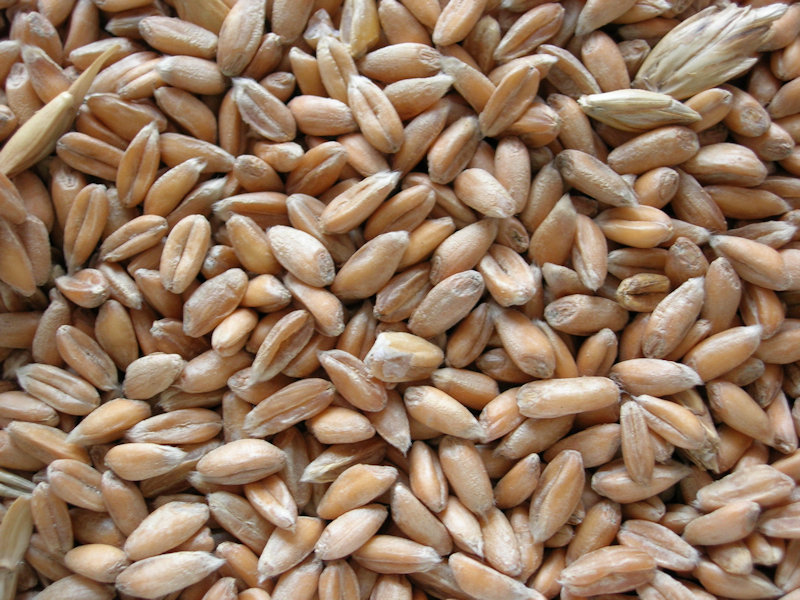
Today, the world’s most widely cultivated cereals are maize, rice and wheat. Of the latter, bread wheat accounts for about 95% of the total production, with durum wheat making up the final 5%. Other wheats such as spelt and kamut are grown in comparatively insignificant quantities to fulfil small, but nevertheless growing, specialist markets.
The success of bread wheat has been attributed to two main characteristics: firstly, its genetic diversity has enabled the development of thousands of varieties capable of producing high yields in most types of temperate environment; and secondly, its high protein content enables the dough produced from its flour to be turned into a wide range of products, from bread to cakes and biscuits to noodles.
Wheat continues to be the main cereal plant grown in Britain: in 2015, 1.8 million hectares were cultivated, of which about a third was used for human food production. Barley, produced mainly for animal feed and malting, is a close second, 1.1 million hectares being grown in 2015. In addition, 131,000 hectares of oats were cultivated and minor cereals including rye accounted for 35,000 hectares. There has also been an upsurge in recent decades in the cultivation of maize. In 1973 only 8,000 hectares were grown; this figure now stands at about 187,000 hectares. Most is for animal feed although an increasing amount is used as a biofuel.
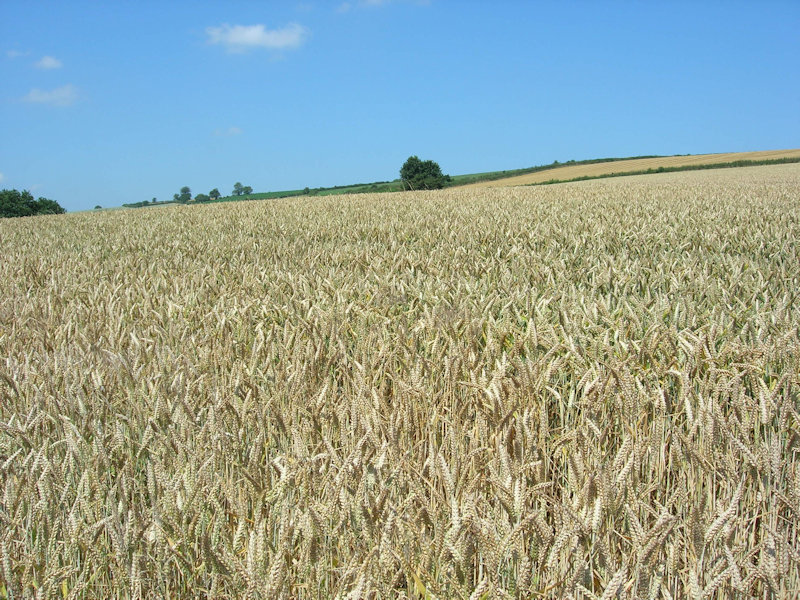
The complete article and a select bibliography are available here.
The next email in this series will cover the introduction and use of the first milling stones.
